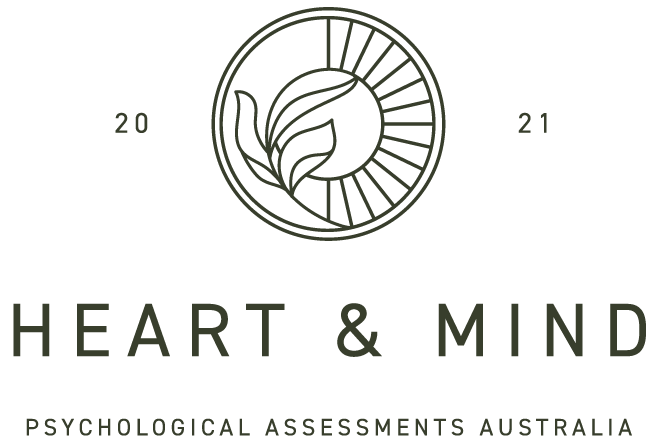Three Reasons to Drop ‘On the Spectrum’ from your Vocabulary
[Content Warning: this blog refers to non-affirming phrases used to describe Autism].
We are becoming more and more aware of the importance of using affirming language when talking about Autism. How we talk about Autism plays an essential role in shaping positive Autistic identities, and how Autism is understood within the community
Some of the more prominent language shifts have been adopting identity-first language (e.g., an ‘Autistic person’ not a ‘Person with Autism’), and dropping ‘spectrum disorder’ from Autism. These changes have been a much-needed shift towards embracing Autism as a neurotype, and a foundational part of an individual’s identity.
You might have had someone tell you, ‘well, everyone is somewhere on the spectrum’. Or, that ‘everyone is a bit Autistic’. However, ‘on the spectrum’ and similar phrases are increasingly falling out of favour among the Autistic community. Although often well-intended, these phrases can perpetuate misconceptions and harmful beliefs about Autism.
Here are some of the reasons ‘on the spectrum’ is not a helpful way of talking about Autism.
1. Autism is not a continuum. ‘On the spectrum’ is often mistakenly used to describe a single continuum from ‘least’ to ‘most’ Autistic, or even of ‘high’ to ‘low functioning’. However, we know that every Autistic person experiences a unique constellation of social, emotional and sensory traits and characteristics. These traits, and an individual’s coping, vary greatly depending on the demands and supports of their environment. It is simply not possible to identify where an individual falls on a single continuum of Autism, and this must be reflected in language.
2. Autism is a distinct neurotype. The phrase ‘on the spectrum’ has contributed towards a widespread misconception that everyone falls somewhere on a continuum of Autistic traits. Whilst often well-intended, phrases like ‘everyone is a bit Autistic’ are often used to dismiss or reassure Autistics that their experiences are not distinct from that of non-Autistic individuals. This inadvertently assumes that there is something ‘wrong’ with embracing these differences. It is important to recognise that you cannot be ‘a bit’ Autistic – you either are, or are not Autistic, and either of these experiences is okay. Although every Autistic person will vary in their constellation of traits, Autism is best viewed as a distinct neurotype.
3. Autism is not a dirty word. ‘On the spectrum’ has long been used as a euphemism, which is an indirect expression substituted for one that may be viewed as ‘harsh’ or ‘unpleasant’. Although often well-meaning, this usage implies that Autism is a slur or a ‘dirty word’. If we are embracing a truly affirming view of Autism, there is no need to ‘tiptoe around’ the label. Referring directly and unashamedly to Autism is essential for breaking down stigma.
Instead of using ‘on the spectrum’, we encourage you to take cues from the Autistic community and embrace terms like ‘Autism’ and ‘Autistic’.
Destigmatising the language we use to talk about Autism is another step towards embracing and celebrating neurodiversity.
For more information, please feel free to submit an enquiry on our website, or contact us at hello@heartandmindpsychology.org.
